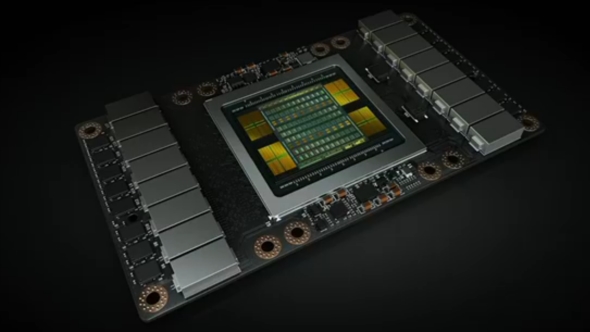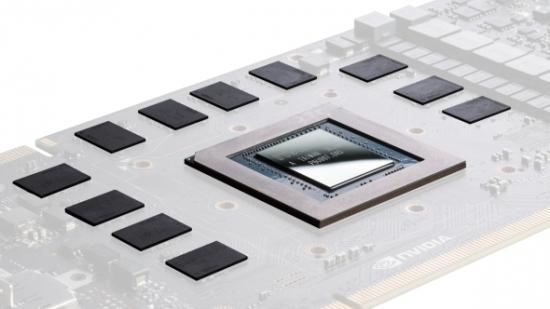The red team’s AMD Vega isn’t the only new graphics architecture in town – their green rivals have just started shipping the new Nvidia Volta tech out. That puts it a little ahead of where their previous generation of graphics tech was. Could that mean GeForce Volta variants are going to be dropping sooner than expected?
That’s all well and good, but what are the best graphics cards if you’re looking to upgrade right now?
The Tesla V100 has just seen its first batch of units ship out to the lucky few professionals… those with pockets deep enough to afford the $149,000 DGX-1 server slice, via Fudo. That’s a lot of cash, but it’s also a lot of GPU tech, packing eight Tesla V100 chips inside it with over 40,000 CUDA cores. Your GTX 1080 Ti? Well, that’s got just 3,584 of the wee shader processors. Pathetic, right?
The initial Pascal-based DGX-1 contained eight last-gen Tesla P100 cards in it, for $129,000, and arrived in late September after the April 2016 GTC announcement. That puts Volta almost two months ahead of where Pascal was, potentially suggesting Volta GPU manufacturing is going rather well.
That said, the V100 GPU inside the Tesla cards is the biggest chip they’ve ever made, with Nvidia’s effusive CEO claiming, “you can’t make a chip any bigger” than the inaugural Volta silicon. These, then, aren’t high volume parts. They’re complex GPUs designed primarily for the rigours of AI and the advanced compute requirements such tasks demand.
In other words, they’re not gaming chips.

So, the fact that Nvidia have got Volta-based hardware out of the factory, and into the hands of the pros, may not actually bear any relevance to when we’ll see Volta, in its GeForce garb, available to drop into our gaming rigs.
And, given the fact that AMD’s “triumphant return to the enthusiast graphics space,” as AMD’s Chris Hook puts it, doesn’t seem to have resulted in a Vega-powered graphics card able to overtake the top-end GTX 1080 Ti in gaming performance, Nvidia don’t have to rush. They’ve still got the fastest graphics cards, so the likelihood of them pushing Volta forward to a 2017 release would seem pretty remote.
I’m still going for a March 2018 release, though Jen-Hsun could decide to really stick the boot into their Radeon rivals by dropping a new high-end GeForce GTX 2080 in late September… which would also allow him to pluck a price out of the air and know people would pay it regardless.
